According to reports, China will send its first space robot to space by 2020 to perform a series of tasks, such as adding fuel to satellites, building space stations, and even military missions. The research team refused to disclose the specific cost, but the cost of the first launch alone would amount to several hundred million yuan. The initial version of this robot has been seen at the World Robotics Congress in Beijing, and its size is equivalent to the size of an ordinary office workstation.
Researchers who asked for anonymity said that the ground testing of the robot project has been completed and the starting time is scheduled for the next few years. These researchers work for the China Aerospace Science and Technology Corporation's codenamed 502 units.
According to the report, the robot has a uniquely designed robotic arm with several “joints†on each arm to help it complete the fuel-adding operation. The researchers say that while one arm is stretching and gripping the item, the other arm can inject fuel.
Countries such as the United States and Russia have also developed space robots for many years, but few projects have been officially put into production, in part because of the huge cost. But Chinese researchers believe that the benefits of this project far exceed the cost. The robot will stay in space for several years, and the tank will be enough to add fuel to multiple satellites and spacecraft.
Researchers say the robot can be converted into a multi-function robot relatively easily, and the nozzles carried by the robot arm can be easily replaced with tools such as flashlights, wrenches, cutting instruments, and even weapons.
"In the future, we not only have space refuelers, but also space mechanics, space bricklayers, space scavengers and space delivery personnel," said one researcher. This type of robot can also serve old satellites.
According to the report, China often keeps similar projects confidential, especially given that such projects may have military uses. Such robots can be used to destroy satellites in other countries, remove parts or collect technical information.
Chinese researchers say that as global space competition becomes more intense, they are paying close attention to overseas, especially the progress of similar projects at NASA. The media recently reported that there are about 1,300 artificial satellites in space, including more than 500 US satellites. With the development of technology, more and more enterprises and industries rely on satellites, and their influence cannot be underestimated.
"At the current rate of development, we may see similar robots operating in space in the next few years," a Chinese researcher said.
Taihang Jiaxin lead-acid battery charging system is suitable for maintenance and non-maintenance operations. The primary function of the charging system is to provide continuous load while charging the battery without supervision. It is suitable for high reliability emergency backup power systems. Controlled by solid state thyristors with electronic sensing and monitoring. The charging characteristic is a constant potential with a current limit. The primary function of the charging system is to provide continuous load while charging the battery without supervision. The charger rectifier circuit provides 100% of the rated current, while the float/boost charges a group of lead acid batteries.
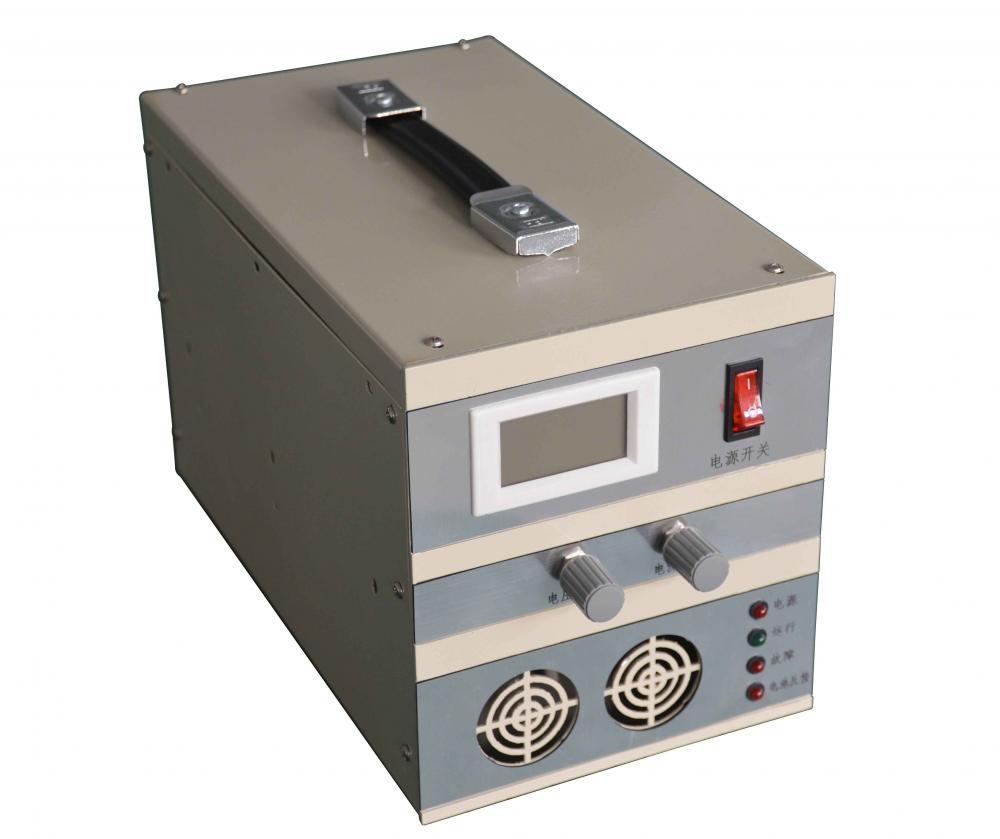

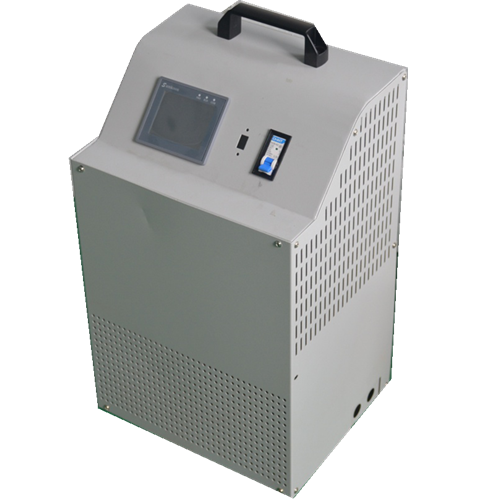
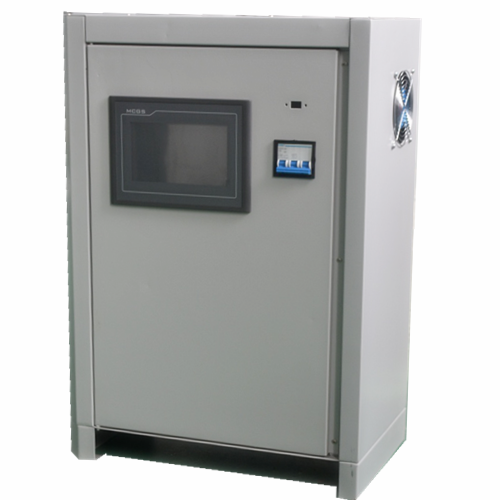
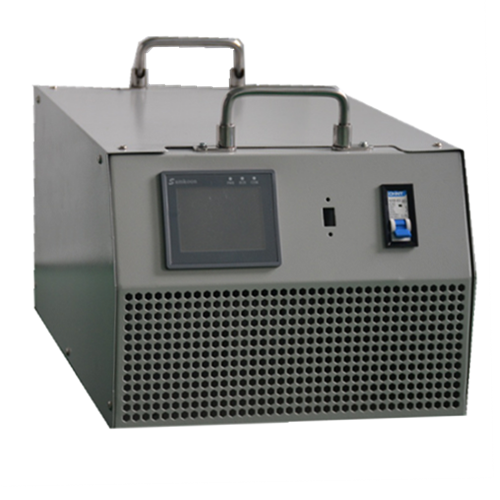
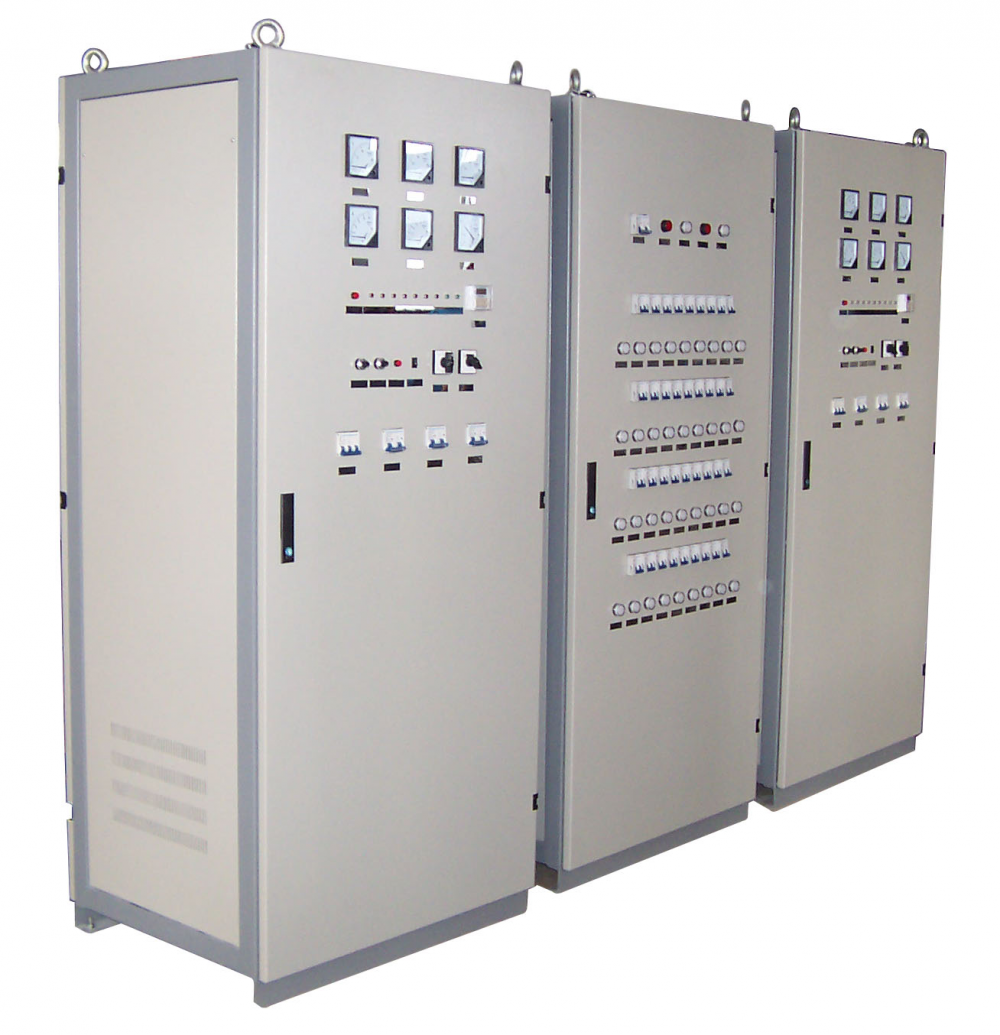
Lead Acid Battery Charger,Automatic Battery Charger,Intelligent Rapid Charger,12V Lead Acid Battery Charger
Xinxiang Taihang Jiaxin Electric Tech Co., Ltd , https://www.chargers.be